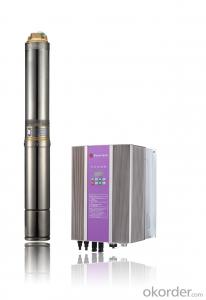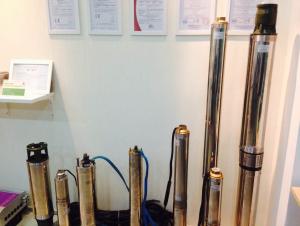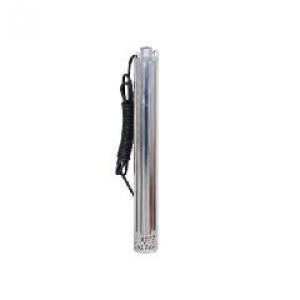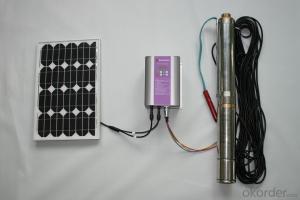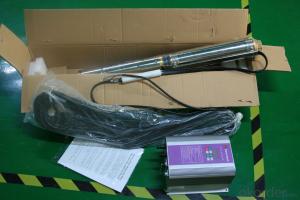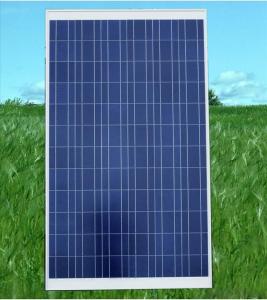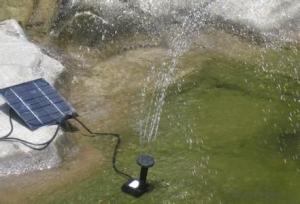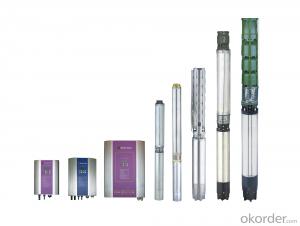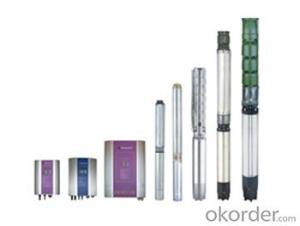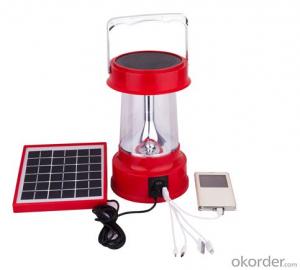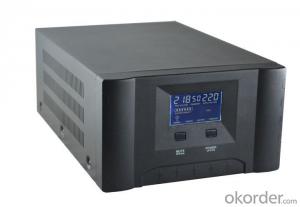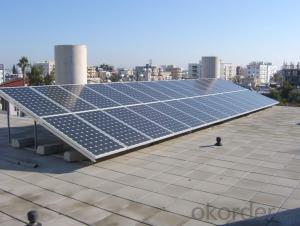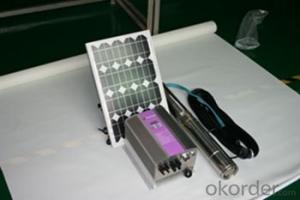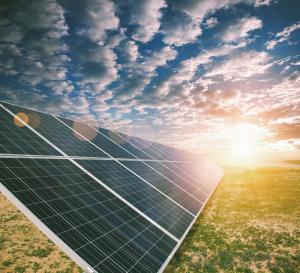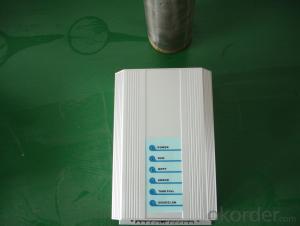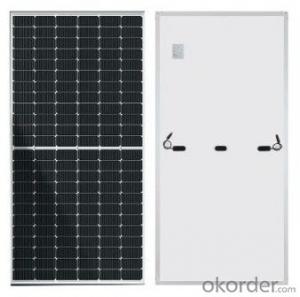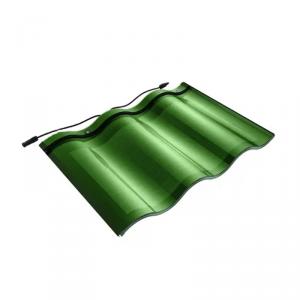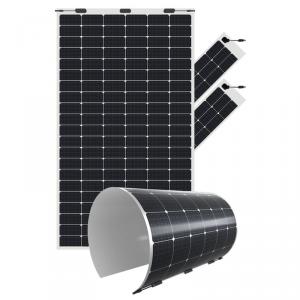Apc Solar Inverter
Apc Solar Inverter Related Searches
Apc Ups Solar Inverter Solar Power Ac Inverter Solar Ac Inverter Ac Dc Solar Inverter Ac Inverter Solar Solar Dc Ac Inverter Ac Dc Inverter Solar Ac Solar Pump Inverter Solar Inverter Ac Aps Solar Inverter Solar Inverter Ac Dc Ac Inverter Solar Panel Ac Inverter For Solar Panels Inverter Ac Solar System Solar Dc Inverter Pcs Solar Inverter Solar Dc To Ac Power Inverter Solar Abb Inverter Inverter Ac On Solar Power Solar Dc To Ac Inverter Aps Solar Micro Inverter Solar Panel With Ac Inverter Inverter Ac With Solar Panel Abb Solar Power Inverter Solar Panel Dc To Ac Inverter Abb Solar Panel Inverter Solar Power Inverter Dc To Ac Abb Solar Pump Inverter Dc Ac Inverter Solar System Abb Solar InverterApc Solar Inverter Supplier & Manufacturer from China
Apc Solar Inverter is a range of products designed to convert solar energy into usable electricity for residential and commercial applications. These inverters are engineered to maximize the efficiency of solar power systems, ensuring that the generated energy is effectively utilized. They come in various sizes and capacities, catering to different energy requirements and system configurations.The Apc Solar Inverter is widely used in various scenarios, such as off-grid solar systems, grid-tied solar systems, and hybrid solar systems. It plays a crucial role in harnessing the power of the sun and converting it into electricity that can be used to power homes, businesses, and even entire communities. By integrating these inverters into solar power systems, users can reduce their reliance on traditional energy sources, lower their energy bills, and contribute to a more sustainable future.
Okorder.com is a reputable wholesale supplier of Apc Solar Inverter products, boasting a large inventory to cater to the diverse needs of customers worldwide. With their extensive range of inverters, Okorder.com ensures that customers can find the perfect match for their solar power systems. By offering competitive prices and reliable service, Okorder.com has established itself as a trusted source for high-quality Apc Solar Inverter products.
Hot Products


